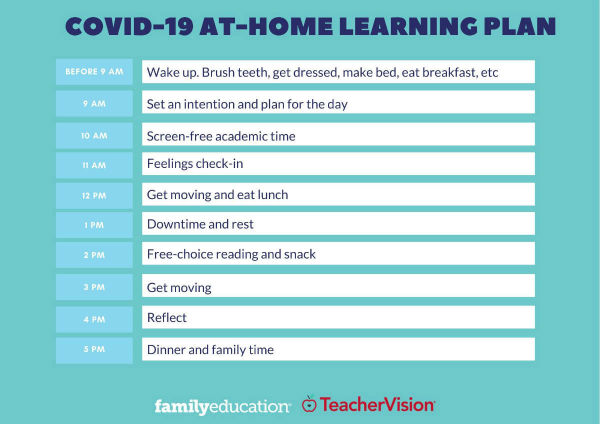October 1, 2020
Letter Houses | A Phonemic Awareness Activity
This year I made a number of new additions to my regular phonics center rotations and I am excited to share with you these Letter Houses!
Last year I took note of the amazing activities my French kindergarten colleagues used throughout the year and I was completely taken with their maison du lettre, which translates to letter house. They created poster sized houses with the letter of the week at the top and would laminate pictures that would go in the house. They'd use these to introduce letters and sounds and proceed to have a printable copy for students to practice on their own.
Although there are amazing sorts out there for letter sounds, I knew I wanted to try something similar during English class. It's great to find ways to integrate the types of activities that students already complete with their French teacher because it's a process they're already familiar with. Plus, it reinforces their phonemic awareness and abilities to distinguish between letter sounds.
So, today I have the English version of the Letter Houses ready for download!
Letter House Sorts
Want to test drive these Letter Houses?

I hope you enjoy this amazing activity as much as I have this year! Be sure to check out the rest of my TpT shop to see what other resources you could use in your classroom this year!
August 11, 2020
Easy Organization for Virtual Teaching
Create a pacing guide
Create a Google Classroom or Site
Create a schedule for yourself and your students
Start the year slow and steady
- All About Me Bingo (virtual)
- Getting to Know You virtual board game
- Virtual scavenger hunt (this would be prepared by you and allow your students to explore your interactive Bitmoji classroom or class site)
- Questions to Build Relationships
- Pick a Stick
August 9, 2020
Homework Menus Perfect for Distance Learning

Homework Menus and why they work
- It's simple prep on my end - just insert the activities for the month and print.
- It gives students choice over the activities they want to work on each night.
- It allows for flexibility since students have the entire month to complete each activity.
- They are very customizable and can cross subjects easily!
How I plan to use them for English class
Easily customize your homework activities!
August 3, 2020
Back to School SALE 2020
Customer Favorites
NEW Covid Resources!
Back to School Favorites
June 10, 2020
Incorporating Multicultural Literature Meaningfully
One glaring aspect to many's approach to teaching language arts using literature is the lack of diversity in the stories they share. I know I've been guilty of this for a number of years and it wasn't until I began taking courses to earn my English Language Learners certification as a part of my CA teacher credentialing, that I realized just how marginalized these stories and authors are.
Often, teachers gravitate towards their favorite go-tos that they've been using year after year to teach a certain concept. Then there's the push for diverse read-alouds and accompanying activities because it's Black History Month or we have to teach a lesson on Lunar New Year, early civilizations or the Age of Exploration, or Famous Americans. I've found that a lot of the books I've chosen actually reflect very little because the author is white - an oversight on my part as an educator.
Instead, I have found that it is now more than ever that these multicultural perspectives be shared and celebrated in our classrooms. Bilingual and ELL students are amongst the highest demographic in our American public school systems and these students arrive to our rosters with a set of diverse learning experiences from both in and outside the classroom. The more we engage these children in meaningful ways and allow them to connect with the stories we share, the more they're engaged with their learning. In a classroom where these students feel like they're the minority, let us invite them into a classroom where diversity is represented, celebrated, and a safe place to share experiences and stories.
With that in mind, here are a few of my favorite authors and stories that can easily be incorporated into any classroom library or used to teach language arts objectives! I challenge you to see where in your instruction you can be more inclusive of these cultural perspectives without a holiday prompting you! :)
Please note:
Much like with any race or culture, there are distinct differences amongst each. Just because language may bind them, each culture is rich in their own diversity and it's important to not generalize. For the purpose of this post, I've categorized these authors and stories into four main groups. Of course, use your discretion when applying these stories into your classrooms in meaningful ways.
Native Americans/ Indigenous Peoples
Latin Americans
African Americans
- Talking About Race (National Museum of African American History & Culture)
- How Should I Talk About Race in My Mostly White Classroom? (Anti-Defamation League)
- Three SEL Skills You Need to Discuss Race in Classrooms (Greater Good Science Center - UC Berkeley)
Asian Americans
Mixed Race Representation
Support Black and POC Authors
Hey there!

























